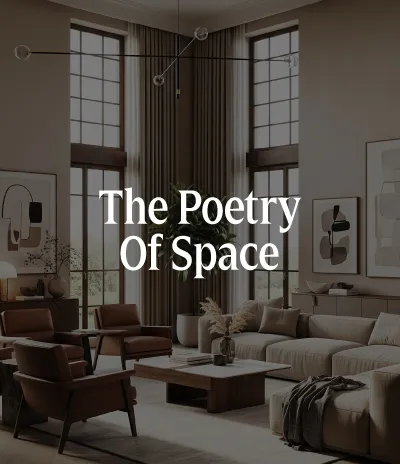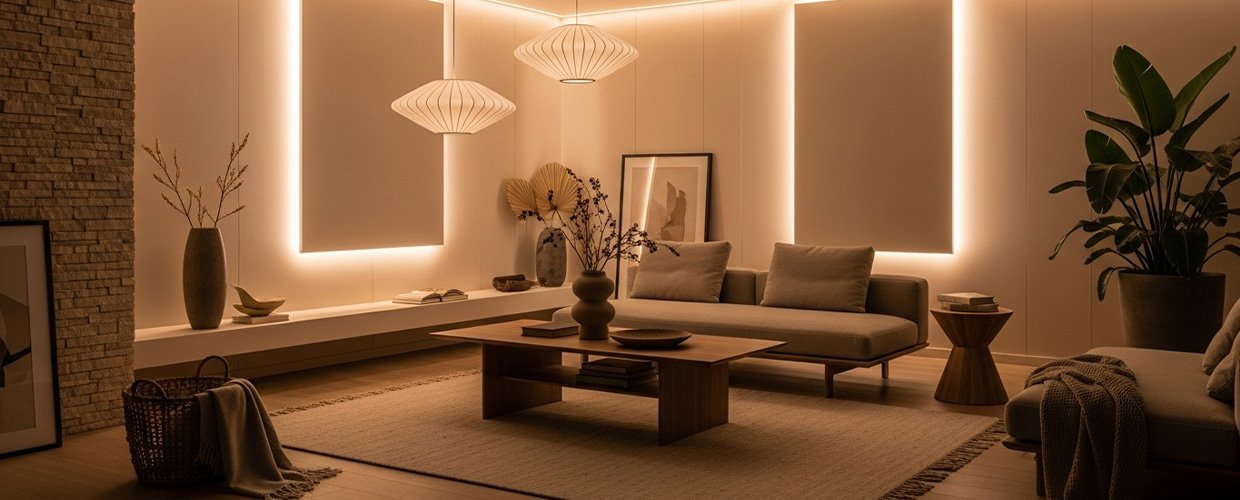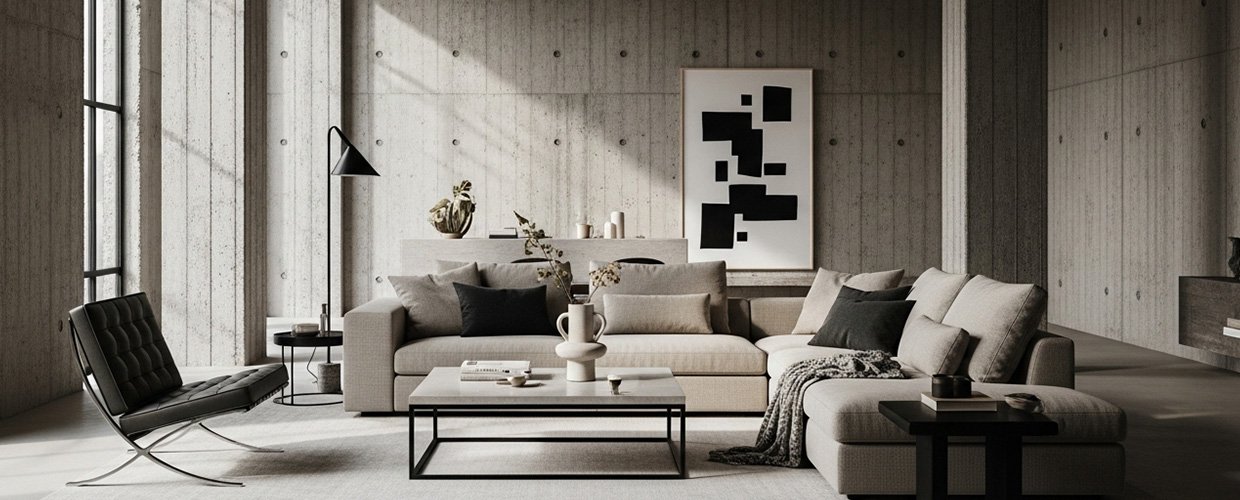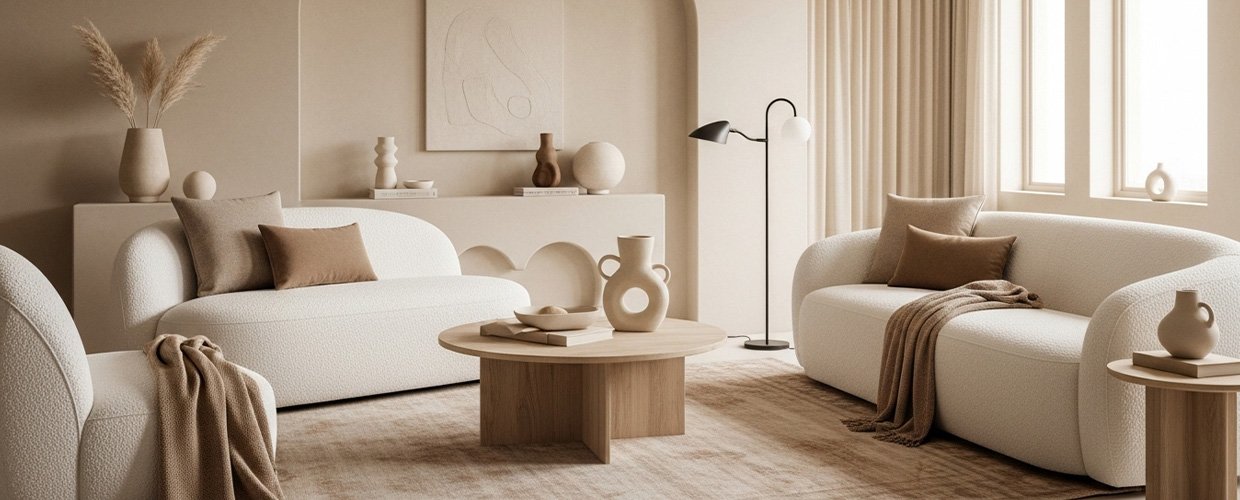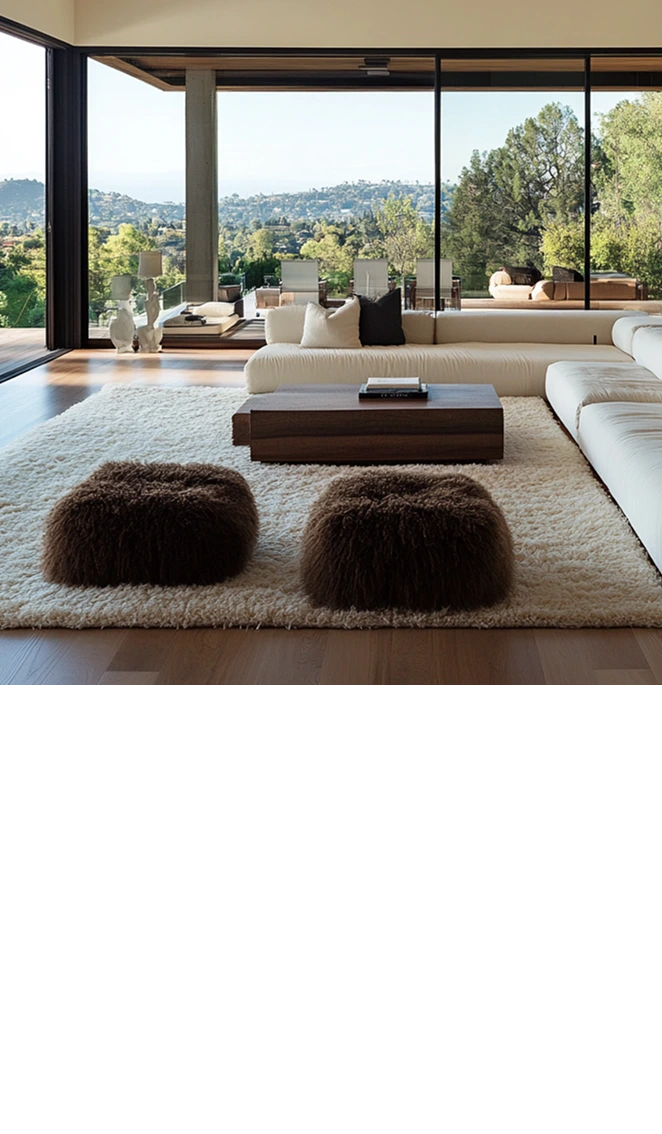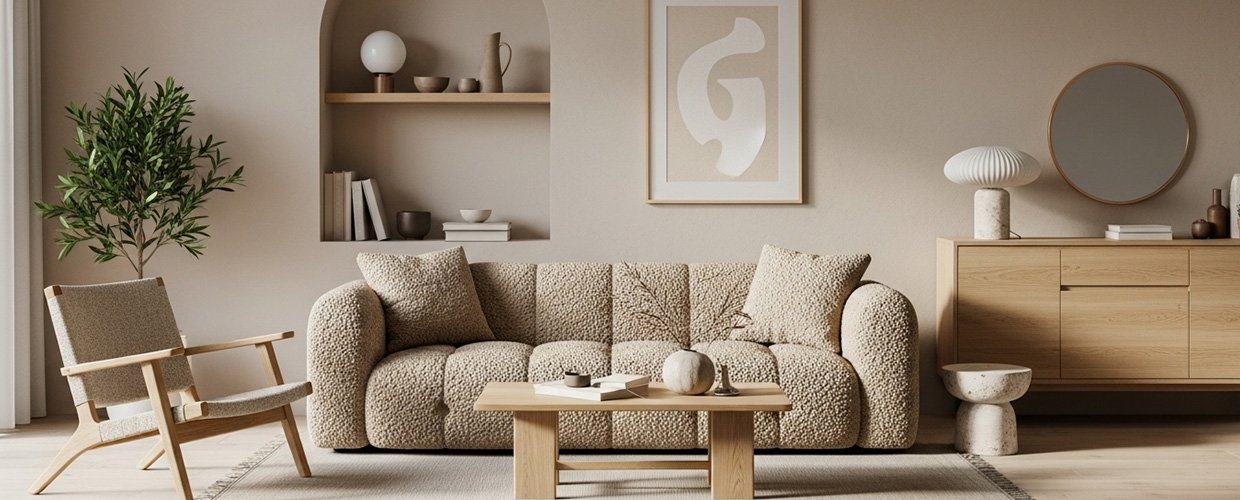
July 18, 2025
Color in Minimalist Design: How Color Choices Impact Space Perception and Ambiance
Minimalist design is characterized by simplicity, clean lines, and a monochromatic palette with color used as an accent. In recent years, there has been a growing interest in how color choices can influence the perception of space and ambiance within these minimalist settings. Understanding the role of color in minimalist design is essential for architects and interior designers who aim to create spaces that are not only aesthetically pleasing but also functional and emotionally engaging. Color can dramatically alter the perception of a room’s size and mood, making it a powerful tool in the designer’s arsenal. For instance, lighter colors tend to make spaces feel larger and more open, which can be crucial in urban settings where space is at a premium. Conversely, darker colors can create a sense of intimacy and coziness. The strategic use of color can also guide the flow of movement and draw attention to architectural features or focal points within a space. In minimalist design, where each element must serve a purpose, color becomes a critical factor in achieving the desired balance between form and function.
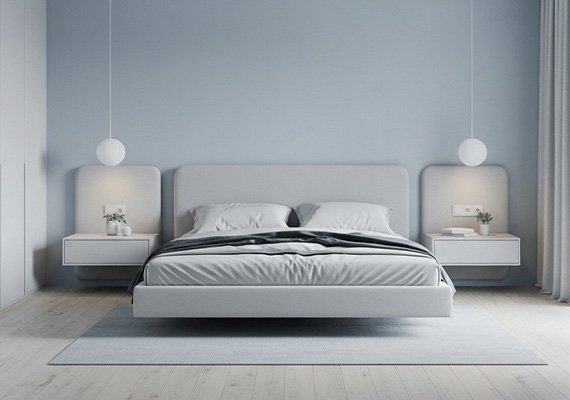
The impact of color in minimalist design extends beyond mere aesthetics; it plays a significant role in shaping the user experience. Colors have psychological effects that can influence the mood and behavior of individuals within a space. For example, warm colors such as reds, oranges, and yellows can create an energetic and inviting atmosphere, which is ideal for social spaces like living rooms and kitchens. On the other hand, cool colors such as blues and greens are often used in bedrooms and bathrooms to promote relaxation and tranquility. Neutral colors like whites, grays, and beiges are staples in minimalist design due to their versatility and timeless appeal. They provide a neutral backdrop that allows other design elements to shine, while also contributing to a sense of calm and order. Furthermore, the use of accent colors can add personality and vibrancy to a minimalist space without overwhelming it. By incorporating small pops of color through accessories, artwork, or furniture, designers can achieve a harmonious balance that enhances the overall ambiance of the space.
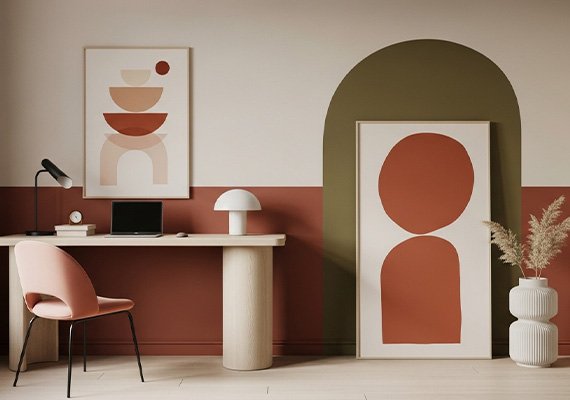
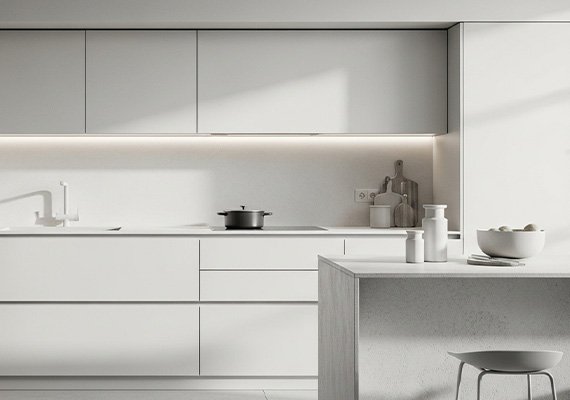
In summary, color is an integral component of minimalist design, influencing both the visual and emotional experience of a space. Thoughtful color choices can enhance the perception of space, evoke desired emotions, and complement the minimalist aesthetic. Designers should consider the psychological effects of colors, the natural light available in the space, and the intended use of the area when selecting a color palette. By doing so, they can create environments that are not only beautiful but also functional and emotionally resonant. Embracing color in minimalist design allows for the creation of dynamic and engaging spaces that reflect the unique personality and needs of the inhabitants. As minimalist design continues to evolve, the role of color will remain a critical consideration for architects and interior designers seeking to push the boundaries of what is possible within this timeless design philosophy.
TRENDING NOW

